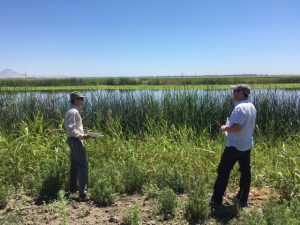As they have done for the past eleven years, the Retail and Commercial Development Group has, once again, taken on the daunting task of forecasting what to expect in the forthcoming year in four critical segments that affect the retail and office industries. In doing so, they analyzed the social, political and economic events of 2019, reviewed various economic data and projections and have come to certain opinions relating to the retail and office industries and where they are heading in 2020. Included here is the product of their thinking, in the form of four articles of interest addressing such topics as capital markets, retailing, retailing development and office leasing:
- Retail and Commercial Group | 2020 Forecast, by Gary Glick, Scott Grossfeld, Daniel Villalpando, and Andrew Ouvrier








